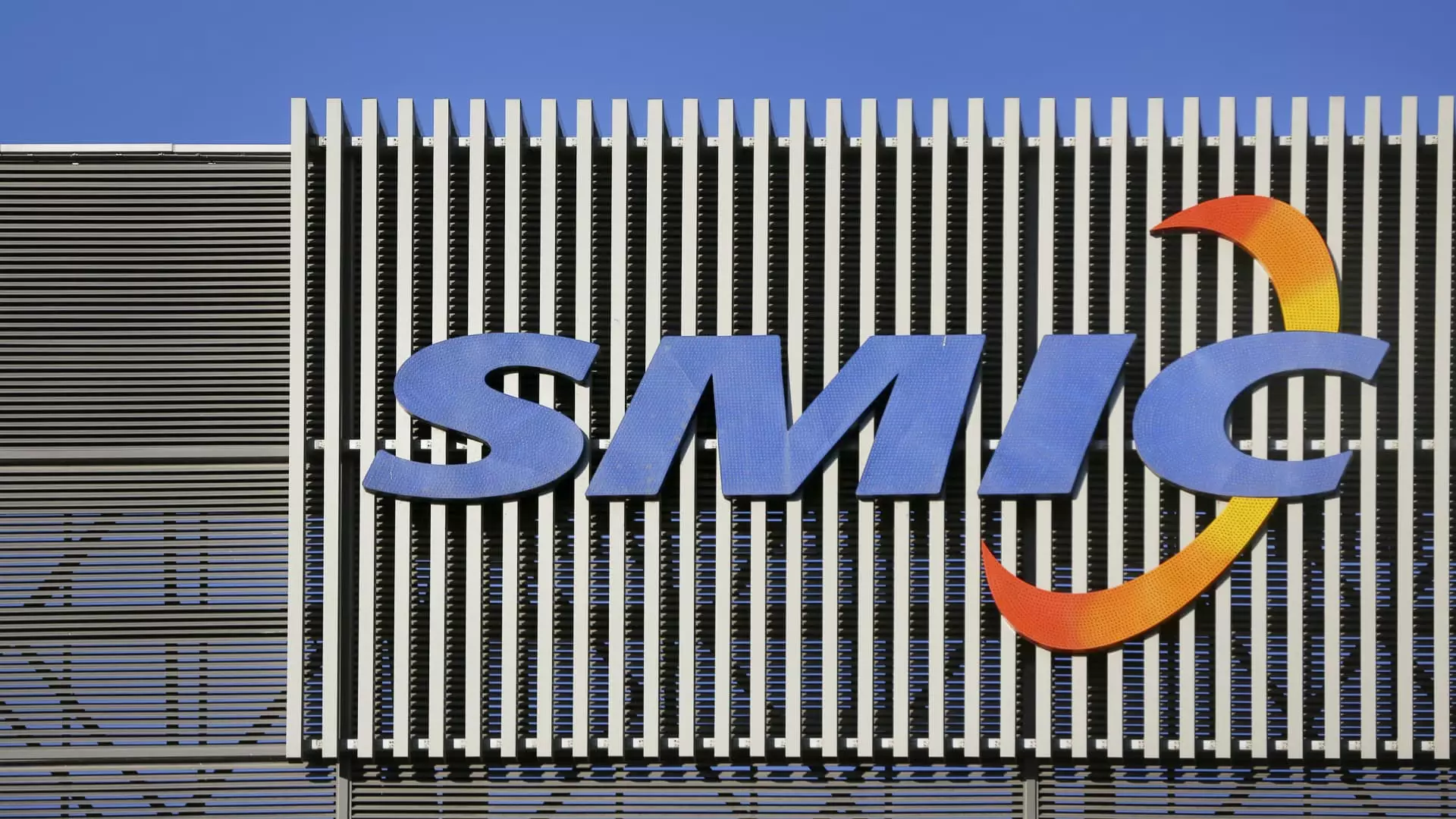Semiconductor Manufacturing International Corporation (SMIC) recently issued a warning about the intense competition in the chip industry following its first-quarter profit missing expectations. The company highlighted that the industry competition is becoming increasingly fierce, with pricing for commodity products following market trends. This indicates a challenging environment for SMIC and other players in the market. As China’s biggest contract chip manufacturer, SMIC plays a crucial role in Beijing’s efforts to reduce foreign dependence in the domestic semiconductor industry.
In the first quarter, SMIC reported a significant drop of 68.9% in net income compared to the previous year. The company’s gross margin also reached a record low of 13.7%, the lowest in nearly 12 years. Despite these challenges, SMIC’s revenue for the quarter increased by 19.7% year-over-year, surpassing analysts’ estimates. However, the company still lags behind key competitors like Taiwan’s TSMC and South Korea’s Samsung Electronics in terms of market share and technological advancement.
SMIC noted that the integrated circuits (IC) industry was in a recovery stage in the first quarter, leading to improved customer inventory levels. Global customers showed an increased willingness to build up inventory, reflecting their anticipation of market demand and competition. The company faced constraints in fulfilling rush orders due to high production line utilization, indicating the need for capacity expansion to meet growing demand.
To strengthen its competitiveness and increase market share, SMIC outlined a strategy focusing on capacity expansion and research and development (R&D) activities. The company plans to prioritize investments in these areas to maintain its leading position in the market. In a bid to protect investor interests, SMIC announced its decision not to pay dividends for the year 2023, emphasizing the need to allocate resources to enhance technology and capacity readiness.
Looking ahead, SMIC expects second-quarter revenue to increase by 5% to 7% from the first quarter, driven by strong demand. However, the company anticipates a further decline in gross margin to between 9% and 11% due to increased depreciation linked to capacity scale-up. SMIC’s placement on the U.S. trade blacklist in 2020 has limited its access to certain U.S. technologies, posing challenges for its operations amid technological restrictions.
Despite facing hurdles from U.S. sanctions, SMIC showcased its technological capabilities through the production of a 7-nanometer chip used in Chinese tech giant Huawei’s Mate 60 Pro smartphone. This development underscores SMIC’s progress in advanced chip manufacturing, despite competitors like TSMC and Samsung already producing 3-nanometer chips. The ongoing technological race in the semiconductor industry will continue to shape market dynamics and competitive strategies for companies like SMIC.
SMIC’s warning of intense competition in the chip industry highlights the challenges and opportunities facing the company. By focusing on capacity expansion, R&D investments, and technological advancements, SMIC aims to navigate the competitive landscape and maintain its position in the market. As the semiconductor industry evolves rapidly, SMIC must adapt to changing market conditions and customer demands to drive growth and innovation in the highly competitive chip sector.


Leave a Reply